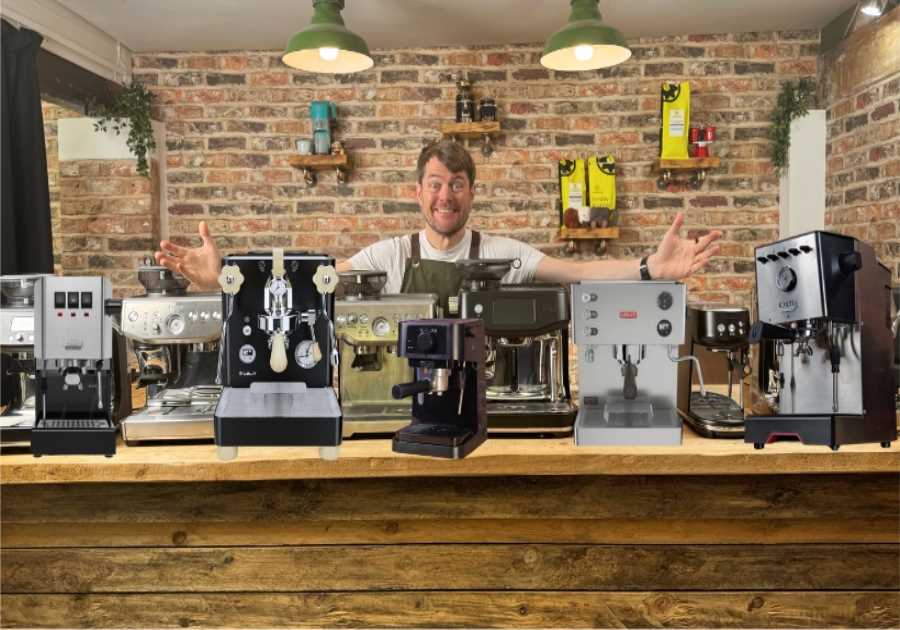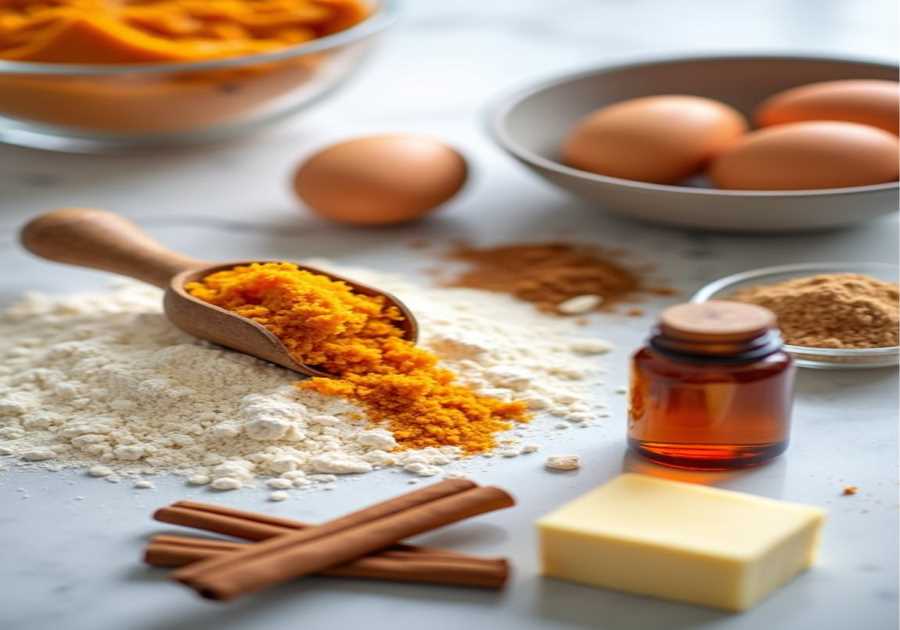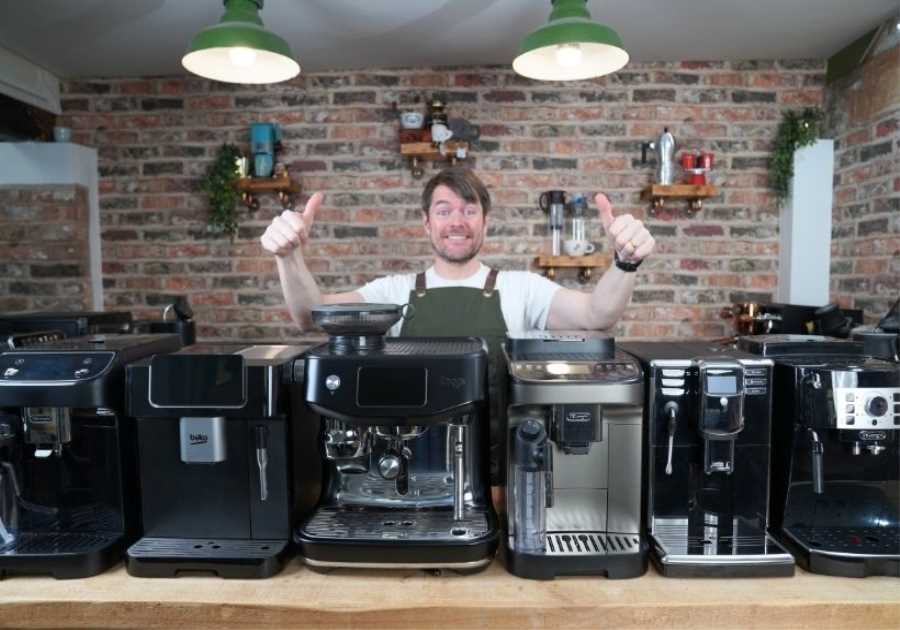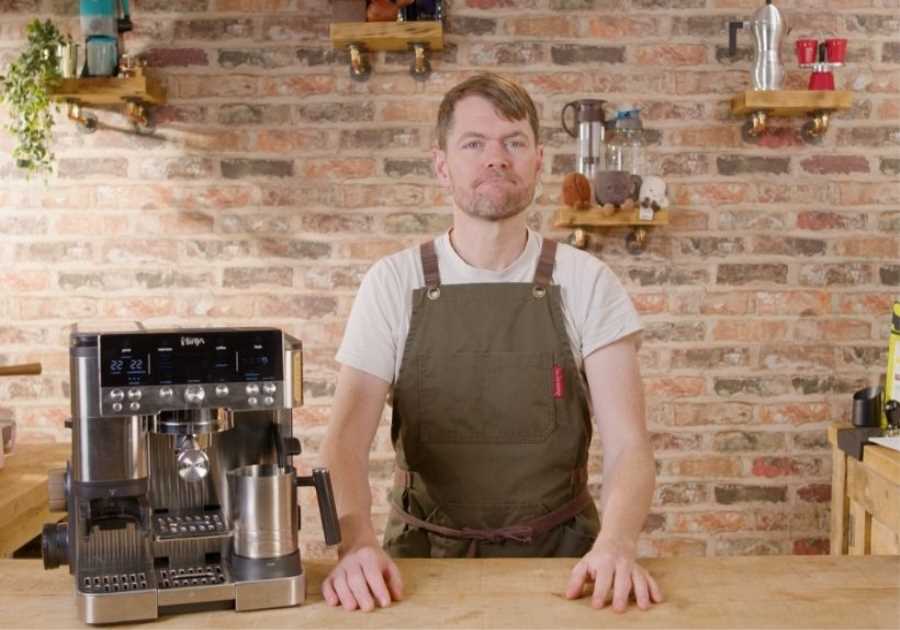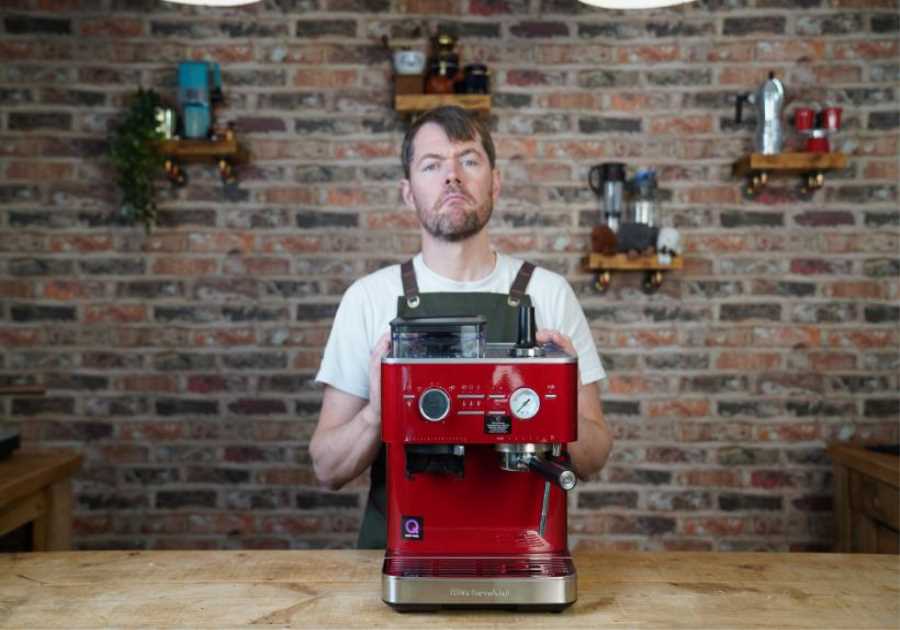It’s no secret that automation has been the name of the game for specialty coffee roasting equipment in recent years. But how do you go about modernising your premises? And what benefit does it have?
Moving from a tried and tested setup arguably has its challenges. Adapting your workflow and making sure you stay consistently high-quality can be a challenge. However, with the right planning and equipment, you can seamlessly transition from old to new while maintaining that artisan, hand-crafted feel.
To learn more, I spoke to some of the team at Taf in Athens, Greece. They told me why they felt it was time to modernise their roastery and how they integrated their new machinery into the existing production line. Read on to learn more.
You might also like our article on what a production roaster’s day-to-day responsibilities are.
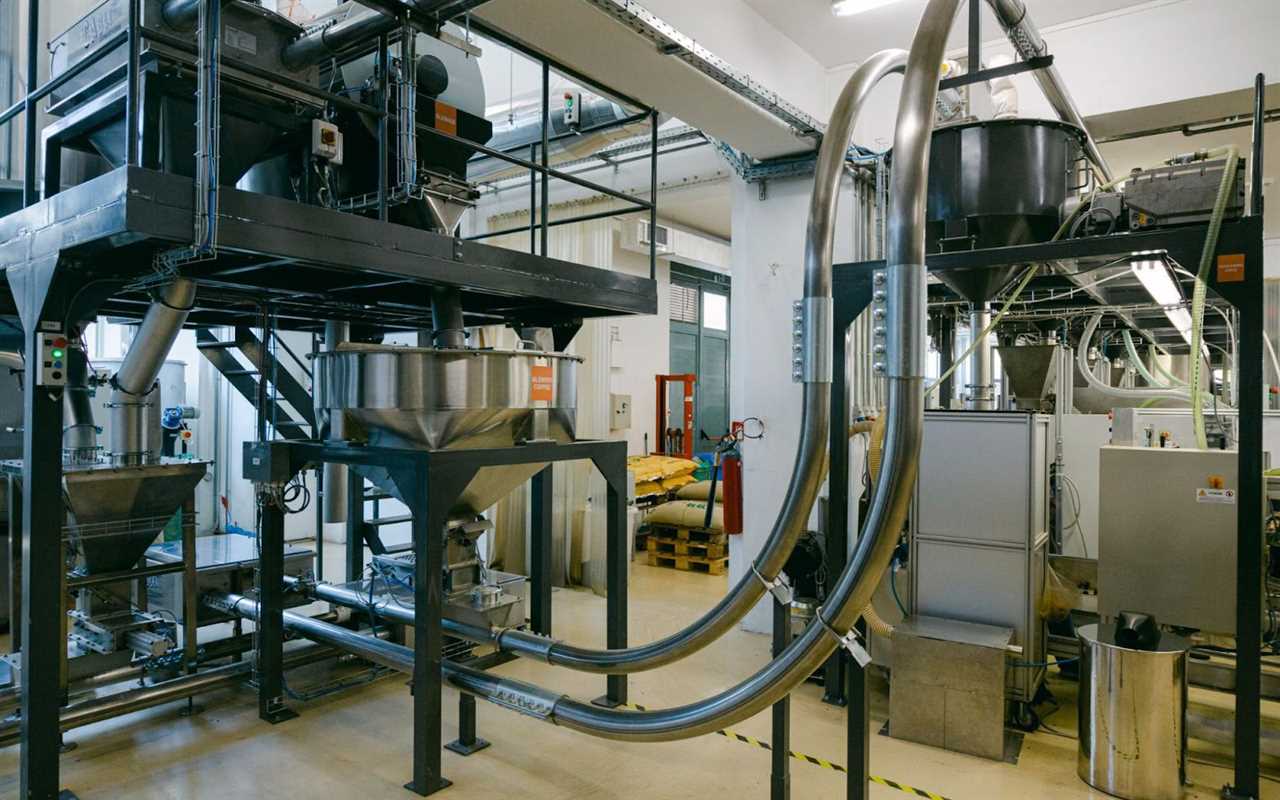
When & how should you modernise your roastery?
Yiannis Taloumis is the CEO & Head of Quality at Taf. He tells me more about when the team felt it was time to upgrade their roast space.
“Without exception, we’ve always aimed to improve and evolve at Taf,” he says. “As we saw demand grow, we naturally started roasting more coffee, but wanted to ensure we were maintaining our exceptional quality standards.”
However, Yiannis explains that there were a number of reasons behind their decision to upgrade.
“Our main goal was to upgrade the equipment and get our roastery meeting its full potential,” he says. “But this benefited us in a number of ways: increased efficiency, higher production capacity, better consistency and quality standards, and more assurances regarding health and safety.”
Efficiency & workflow
There has always been a certain romance attached to coffee roasting. However, the work is long and hard, and often requires a lot of manual labour.
While many roasteries look to upgrade by simply buying a new roaster, it might not be necessary in every situation. Yiannis explains that in Taf’s case, modernisation meant bringing in equipment that streamlined workflow.
“We have improved our routine and modernised a number of key processes,” he tells me. “One in particular is the transport of both green and roasted coffee – this is now much more efficient.”
Not only does this increased efficiency translate to more time and higher profitability, it also takes away some of the physical stress from the process of roasting.
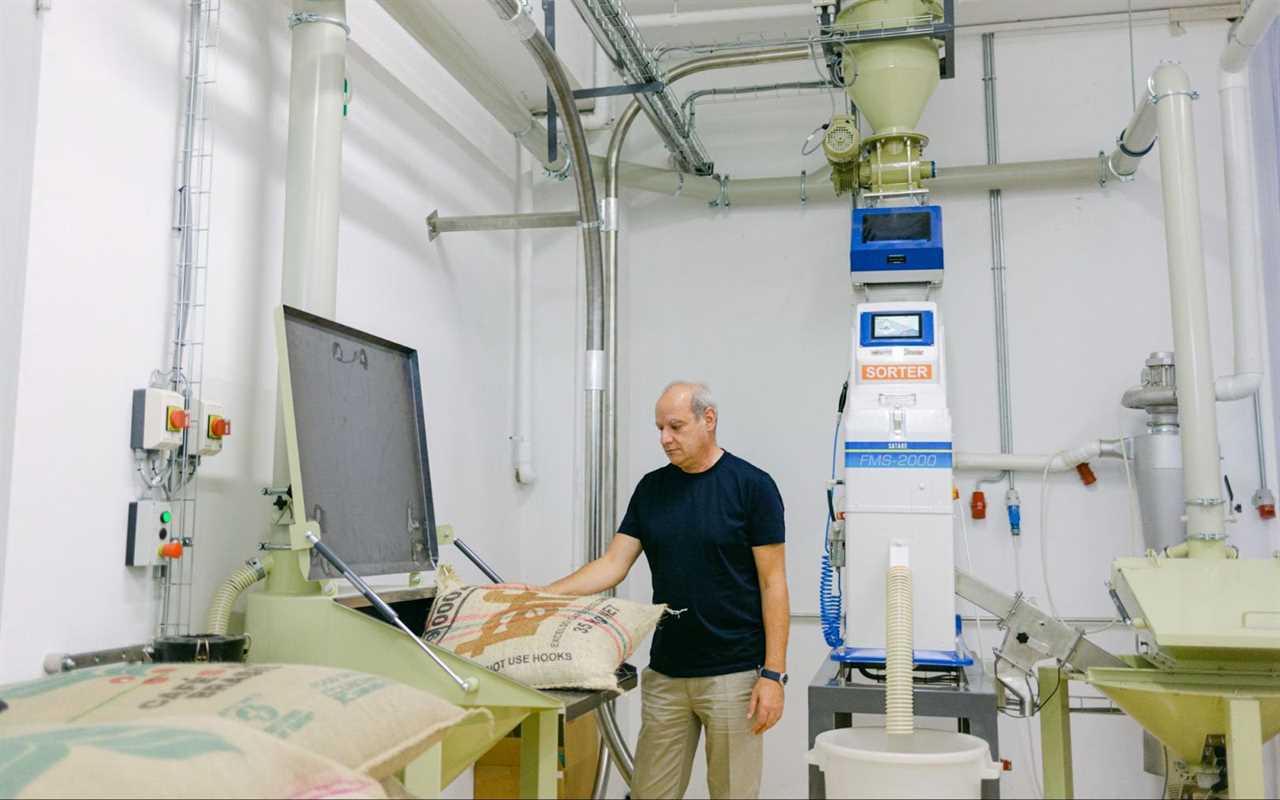
Raising coffee quality by minimising human error
Thanks to modern equipment, quality control can now be improved at every step in the production line, starting as soon as the fresh coffee arrives at the roastery.
This is largely achieved by the automation of existing processes, which can help reduce and ultimately minimise human error throughout the roastery. Doing so can help a roaster maximise quality across the board.
Ilias Taloumis, Taf’s Head Roaster, explains that their upgrades don’t just eliminate human error with roasted coffee – they can address any inconsistencies or issues with sorting and grading as soon as the green beans arrive at their site.
If the beans are not sorted, these inconsistencies can affect the quality of the final roasted batch. As well as potentially affecting the reputation of the roaster, this can also detract from the farm’s profile.
“Our coffees are checked at the farms with which we hold long and direct relationships,” Ilias explains. “They are often sorted by hand before they come to our roastery.”
However, no matter how meticulous the sorting is, there is always an element of human error to consider. Ilias says that with this in mind, their recent upgrades have helped to address any issues with sorting.
“In order to decrease the proportion of human error with green coffee, we added a Satake sorter in our green coffee room,” he explains. “That sorts the coffee again, before transferring the green beans to multiple silos.”
Using the SCA grading scale for coffee, green beans are evaluated closely and sorted based on size or defects. With a 350g sample of green beans, only a certain amount of the beans can have defective issues before the grade of the coffee is lowered.
However, even some of the highest-scoring coffees you can source will have some defective beans in a bag. Even if it only affects a minuscule percentage of the lot, one or two customers may end up with undesirable flavours when they brew them.
By using specialised equipment to filter out unwanted beans, Ilias tells me that quality standards can be 100% upheld, improving consistency across the board.
“We know that it is impossible to avoid unintended mistakes in every case – that is human error,” he says. “However, we do aim to reduce them to a minimum.”
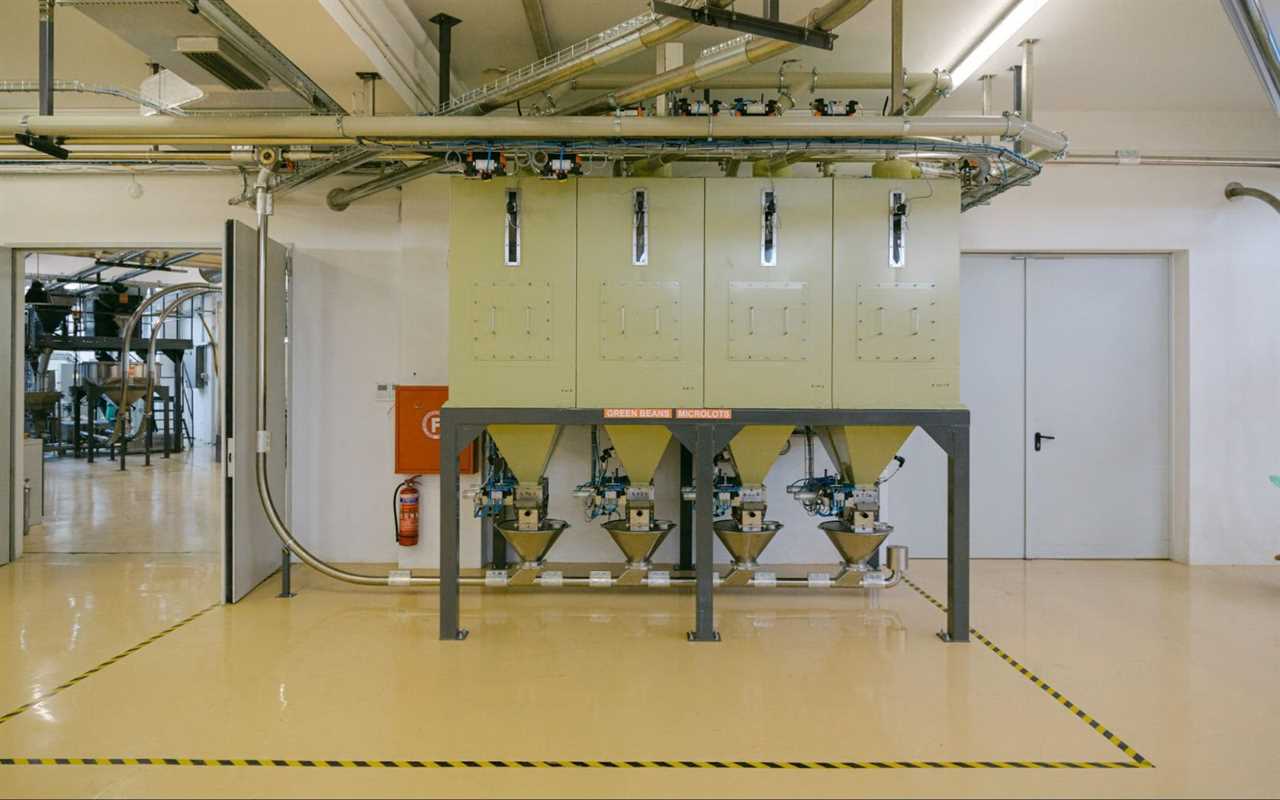
New equipment & blending
So, we know modern equipment can help to improve quality standards for roasting single origin coffees. But what about blends?
For more established roasters, signature blends can make up a significant part of the business. Roasting a well-balanced and repeatable coffee at a more affordable price can be a great way for specialty coffee roasters to appeal to larger markets.
However, to get the most out of the beans used in a blend, most roasters roast each constituent coffee separately and then mix them.
Overall, this can be taxing, with plenty of extra steps compared to roasting single origins.
In pursuit of a more efficient workflow and looking for ways to cut outdated procedures, Yiannis tells me that Taf has significantly improved its blending process.
“We were, and still are, using a Probat P60 and an R120,” he says. “This equipment has not been replaced as it is not only fully functional, but it is also designed to roast high-quality coffees for an extended period of time.
“However, to improve our blending, we added another roaster, a Probat G120 Retro, which substantially increases our daily production capacity. We connected the existing P60 and R120 to the G120, and created a ‘chain’ between them with a system known as Cablevey.”
Yiannis explains that the Cablevey system actually automatically transports the roasted coffee across the roastery for blending, before moving the completed blend to the packaging area.
Automatically moving large batches of roasted coffee from the individual roasters also removes the need for people to carry large quantities of beans around. Once they’re transported by Cablevey, all the production roasters need to do is fill and seal each bag.
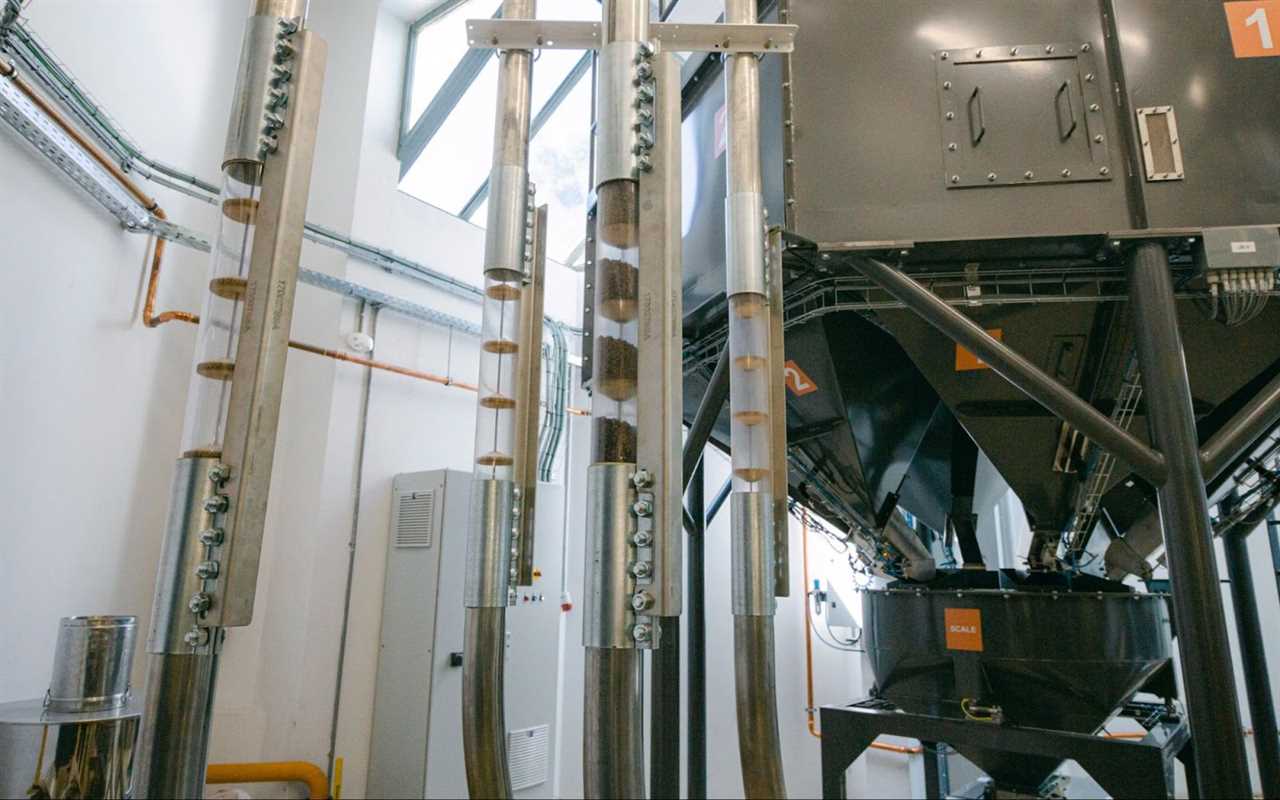
Staying authentic
With automation becoming the name of the game across the coffee sector, there are concerns that new equipment can detract from the authenticity and craft that characterises specialty coffee culture.
Yiannis, however, disagrees. He says that the equipment they have added to their set up has, if anything, allowed Taf’s roasting team to focus more on the quality of their products.
“Our artisan and craft has not been affected in any shape or form,” he explains. “The upgrade has only facilitated the steps we take on a daily basis.
“We control the roasting process step by step, and the head roaster is always on top of everything.”
For instance, in a commercial coffee roastery, the head roaster has additional responsibilities, which are typically administrative or logistical in nature. Minimising these allows them to instead focus on the quality of the coffee they’re roasting.
Yiannis also notes that the new workflow implemented will benefit the company by increasing production capacity without increasing labour in any way.
“The upgrade and expansion benefit us by increasing efficiency, consistency, quality, and safety, as well as improving flexibility and speed,” he says. “We are happy and proud to say that our roastery keeps growing, and we’ve found a way to use the advanced technology to our benefit.”
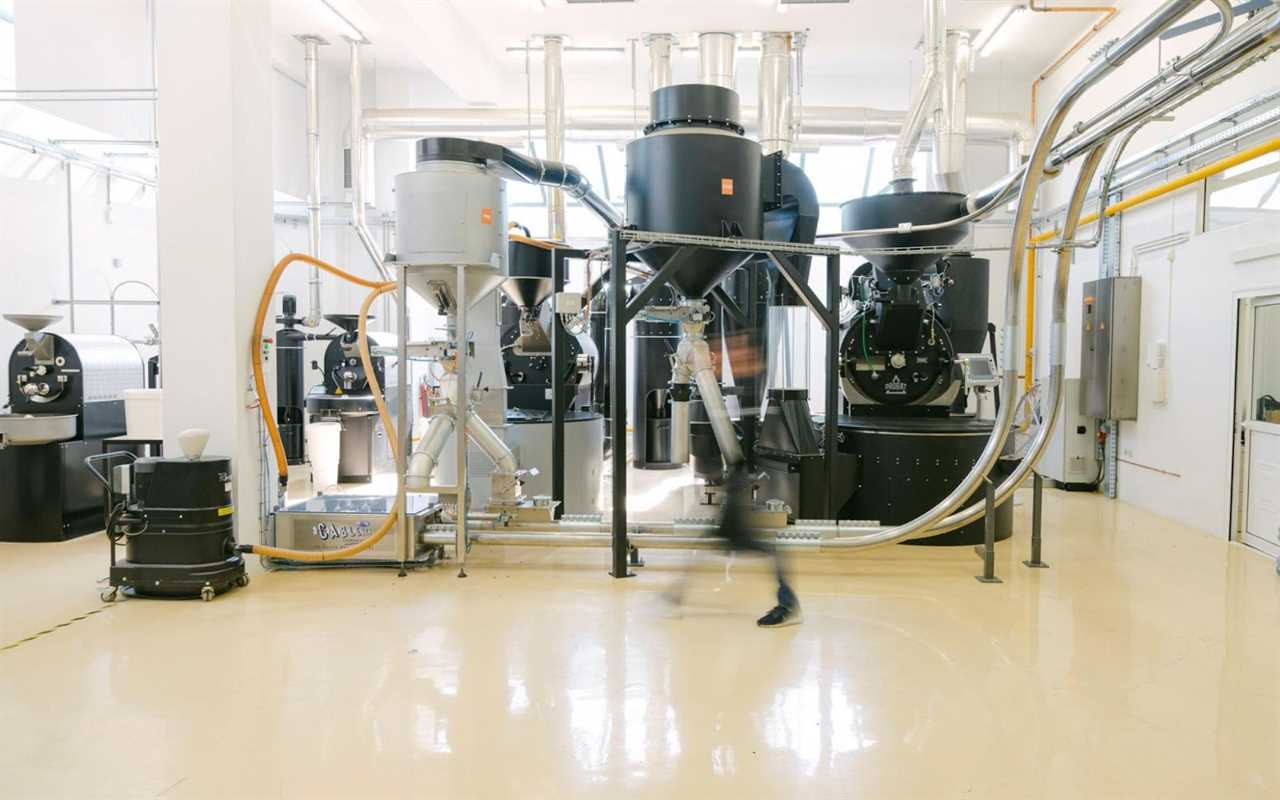
Around the world, specialty coffee roasters are rightly proud of the quality of their coffee as well as the authenticity and craft with which they roast it.
However, continuing to leverage this as you grow in both reputation and size is easier said than done. While many roasters will be able to accommodate a certain amount of growth, there is always a point at which additional workload becomes a problem.
By using modern equipment in the right way, roasters can maintain quality and drive up efficiency while still keeping that same artisan, hand-crafted ethos and holding the same values.
Enjoyed this? Then read this article on the role of a Head of Coffee in the roastery.
Photo credits: Taf
Please note: Taf is a sponsor of Perfect Daily Grind.
Perfect Daily Grind
Want to read more articles like this? Sign up for our newsletter!
The post How do you modernise your specialty coffee roastery? appeared first on Perfect Daily Grind.
By: Josef MottTitle: How do you modernise your specialty coffee roastery?
Sourced From: perfectdailygrind.com/2022/01/how-do-you-modernise-your-specialty-coffee-roastery/
Published Date: Mon, 17 Jan 2022 06:33:00 +0000
Did you miss our previous article...
https://coffeecutie.com/home-roasting/breville-dose-control-pro-the-smart-coffee-grinder

